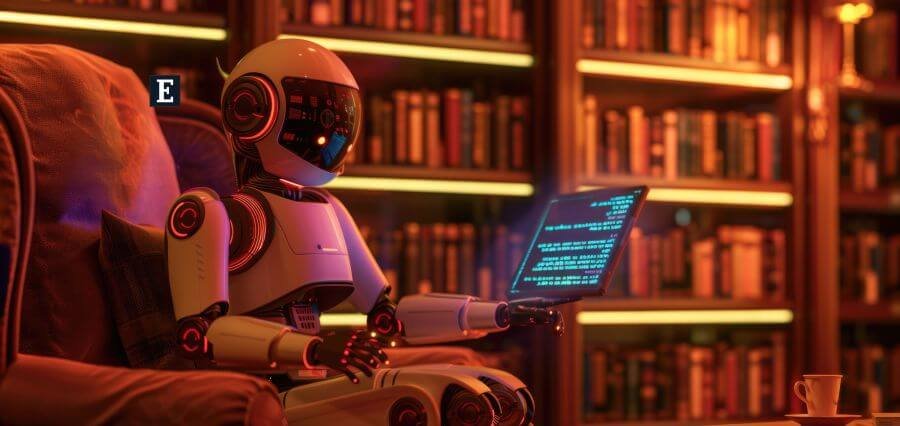In contemporary writing, the enduring impact of the master writers goes on to inspire and shape contemporary writing both significantly and intensely. Literary influence itself is an unseen strand of continuity that can be followed generation to generation of writers, beyond story-telling styles, fashion in style and theme hunts throughout the centuries. Such enduring love of established and new writing is much more than adept copying of what came first, but more living inspiration that stimulates new imagination and creative innovation in the publishing scene today. Literary influence and new writing share a connection that extends far beyond copycat copying or pastiche. Contemporary authors take from the great treasure trove of literary legacy so that they may write books both steeped in precedent and firmly new in practice. Such exquisite balance of tribute and rebellion has been seen by some of the most intriguing and most renowned books of our 21st century, and evidence that literary influence is a vigorous force for creative writing in our modern age.
Mechanics of Literary Inheritance
Understanding how literary influence operates is a matter of observing the complex ways in which work from the past makes its way into present consciousness. Writers today become influential via a variety of routes, ranging from institutional schooling and personal reading experience to cultural osmosis and argumentative struggle. Influence acquisition is never voluntary or even intentional, but happens through a kind of literary DNA, in which threads of style, structure, and sensibility make up the writer’s creative kit through familiarity with good writing. Literary influence is imparted in a thousand ways, from those blatant structural appropriations to unconscious tonal reference.
Some modern authors pay homage to their previous literary inspirations so explicitly, using intertextual references and stylistic borrowing creating self-aware debates throughout decades. Others influence more by accident, introducing their work the cadences and motifs of beloved books without seeming to make it happen. These unconscious influences ground literary heritage to thrive and continue evolving rather than becoming a sterile museum of fossilized relics.
Transformation and Innovation Through Influence
Far from suppressing originality, literary influence is the fulcrum of innovation and artistic renewal. Modern writers’ appropriate ancient recipes as a starting point upon which they build new types of beauty, re-translating classic forms to address new problems and sensibilities. By this artistic accommodation, writers are freed to dip into shared familiarity with literary history without sacrificing their own unique aesthetic voices and visions. The best pieces of today that were inspired by literary heritage show the power of homage and innovation to exist together.
Writers can reconcile reverence for their originals and need to produce something authentic and relevant to readers today. This sensitive dynamic creates literature that is unapologetically modern yet also forever, both able to speak to universal human concerns and speak to specific modern issues and opportunities. The result is a character that enriches literary tradition alongside mass culture.
Digital Age and Literary Continuity
The digital culture era has rearranged the contours of literary influence in contemporary writing, opening up new avenues for engagement and discovery with literary history. Cyberspace, the online libraries, and social media have made literature available anywhere in any century or culture, enabling authors to be subjected to more unprecedented diversity of influences. Greater access has also made possible greater eclecticism and variety of literary influence because modern writers are now possible to use influences from the world tradition of literature and not only Western canons.
However, the digital age also imperils the established forms of literary influence. The fast rate of information consumption and dissemination of readership risks making literary convention thinner. They need to tread a line between the promise provided by connectivity on the web and the threat that power will be frivolous or decorative. The most thoughtful contemporary authors use web technology to extend the degree of interaction with literary heritage rather than to abbreviate it, using technology to allow higher levels of interaction with seminal works but preserving the degree of depth of interaction needed to facilitate actual artistic growth.
Conclusion
The power of literature in modern writing is perhaps the most long-lasting and vital influence of literature. Not the product of academic study, literary influence is one of the means by which modern writing is informed by earlier and present literature in profound and meaningful ways, providing inspiration and basis to generations of authors. The dialogue between past and current literature is a breathing dialogue that gives life to modern culture and the literary heritage as a whole. The more we proceed in the increasingly globalized and digitalized world that we are surrounded by today, the machinery of literary influence will certainly continue to evolve. The urgent human need to be included in literary tradition and to be nourished creatively by the best works of the past, however, continues to exist. Modern writers who are able to utilize this power effectively without sacrificing their own voices as artists will be creating works that will speak to our times and to our common human experience as well, maintaining open conversation between old and new literature alive and fruitful for generations to come.
Read Also: Balancing Tradition with Modern Storytelling Techniques

